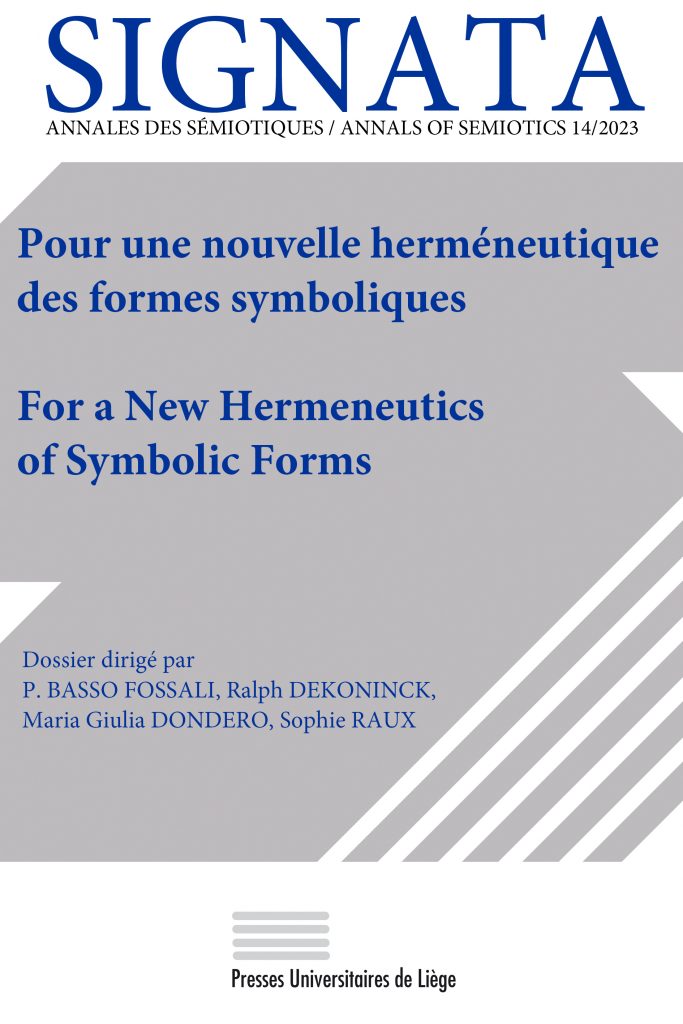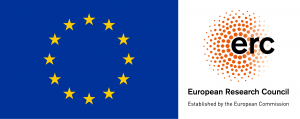Article – Jenny Ponzo, Obliteration, Ostension, Ostentation: The Visibility of the Sacred Body in Catholic Culture (Signata 14, 2023)
Jenny Ponzo, Obliteration, Ostension, Ostentation: The Visibility of the Sacred Body in Catholic Culture (Signata 14, 2023).
Read Signata #14 online here.
This paper presents an overview of the main semiotic issues surrounding the representation of the inside of the sacred body in Christian-Catholic material culture and art, in particular sculpture. The study of a wide range of artworks and devotional objects provides the grounds for applying, and sometimes questioning, well-consolidated semiotic notions such as Greimasian topologic oppositions and leads to an improved understanding of the strategies regulating the visibility of the sacred body in the culture under consideration. In particular, three representative regimes are identified and discussed. The first, obliteration, consists in making the inner level perceivable, but in an abstract way, deprived of figurativity (as in the case of hollow colossuses, concentric statues and dressable statues); the second, ostension, consists in the representation of the inside through strategies based on either iconicity or indexicality (respectively, for instance, in martyrological iconography and in artworks displaying relics); the third, ostentation, consists in a marked form of ostension, either as a textual strategy deliberately stressing traditional and stereotyped religious iconography or perceived as such by the observer based on moral and aesthetic thresholds culturally determined.


